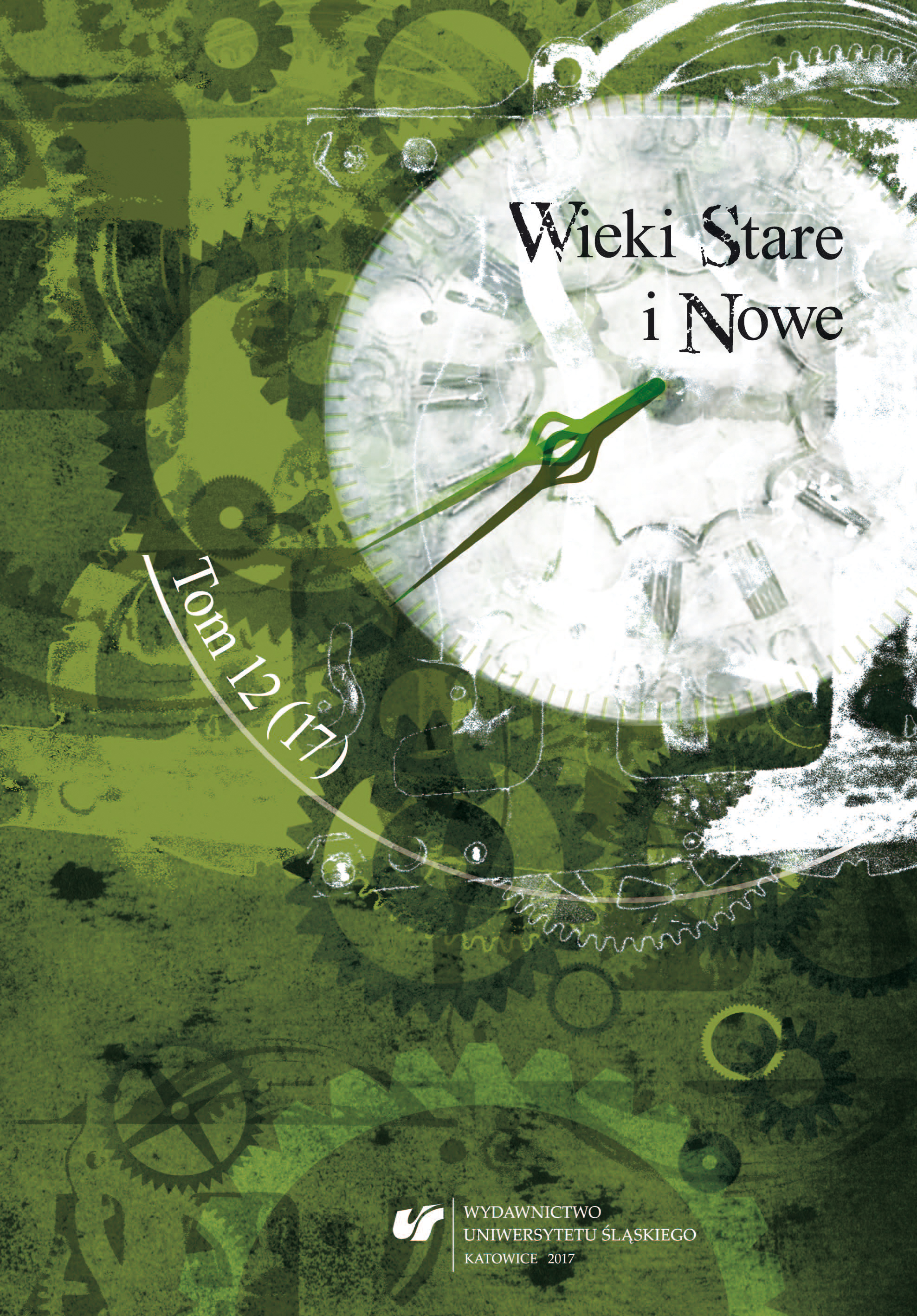Manifest Sapiehów z 6 marca 1702 roku
The Sapieha Manifesto of March 6, 1702
Author(s): Mariusz SawickiSubject(s): Political history, 18th Century
Published by: Wydawnictwo Uniwersytetu Śląskiego
Keywords: the Sapieha family; Northern Wars; Lithuanian nobility; Augustus II
Summary/Abstract: The second half of the 17th century history of the Great Duchy of Lithuania was dominated by the hegemony of two families: the Pac family and the Sapieha family. The latter managed to seize control over all spheres of public life and made decisions regarding the attitude of Lithuania with regard to the king and the Republic of Poland. The period of domination of the Sapieha family dates from 1685 to the early 1690s., when the plans of Jan III Sobieski, who attempted to build a political force that could withstand and counterbalance the influence of the Sapieha family, started to come to fruition. This, in turn, resulted in armed conflicts in the late 1690s aimed against the Sapieha family and an eventual civil war in Lithuania. After the lost battle at Olkieniki and the unsuccessful attempts at pacifying Lithuania, the Sapieha family started to look for protection, in the face of the actions ofthe Polish military. To this end, they supported Charles XII of Sweden, who went to war against the Polish Republic. The help of Charles’s troops guaranteed the Sapieha family that they would recover their lost estates.On March 6, 1702, the Sapieha family announced a manifesto, in which they attempted to justify their actions to the nobility and aristocracy. Their alliance with Sweden was dictated by personal reasons which nonetheless influenced the functioning of the entire family, as evidenced by the repeated mentions of the ruin of their estates and the inability of the republic to keep their promises. The Sapieha goods, which constituted the foundations of not only the family’s existence, but also the functioning of their entire faction, became the first object of aggression on the part of the republicans, who, driven by vengeance and greed, attempted to destroy the foundations of the functioning of the Sapieha faction as well as the family itself. There can be no doubt that the Sapieha family turned to Charles XII for help in an attempt at regaining the lost political influence as well as their fortune, and that they planned to bring the perpetrators of their downfall to — what was in their opinion — justice.
Journal: Wieki Stare i Nowe
- Issue Year: 17/2017
- Issue No: 12
- Page Range: 24-40
- Page Count: 17
- Language: Polish

